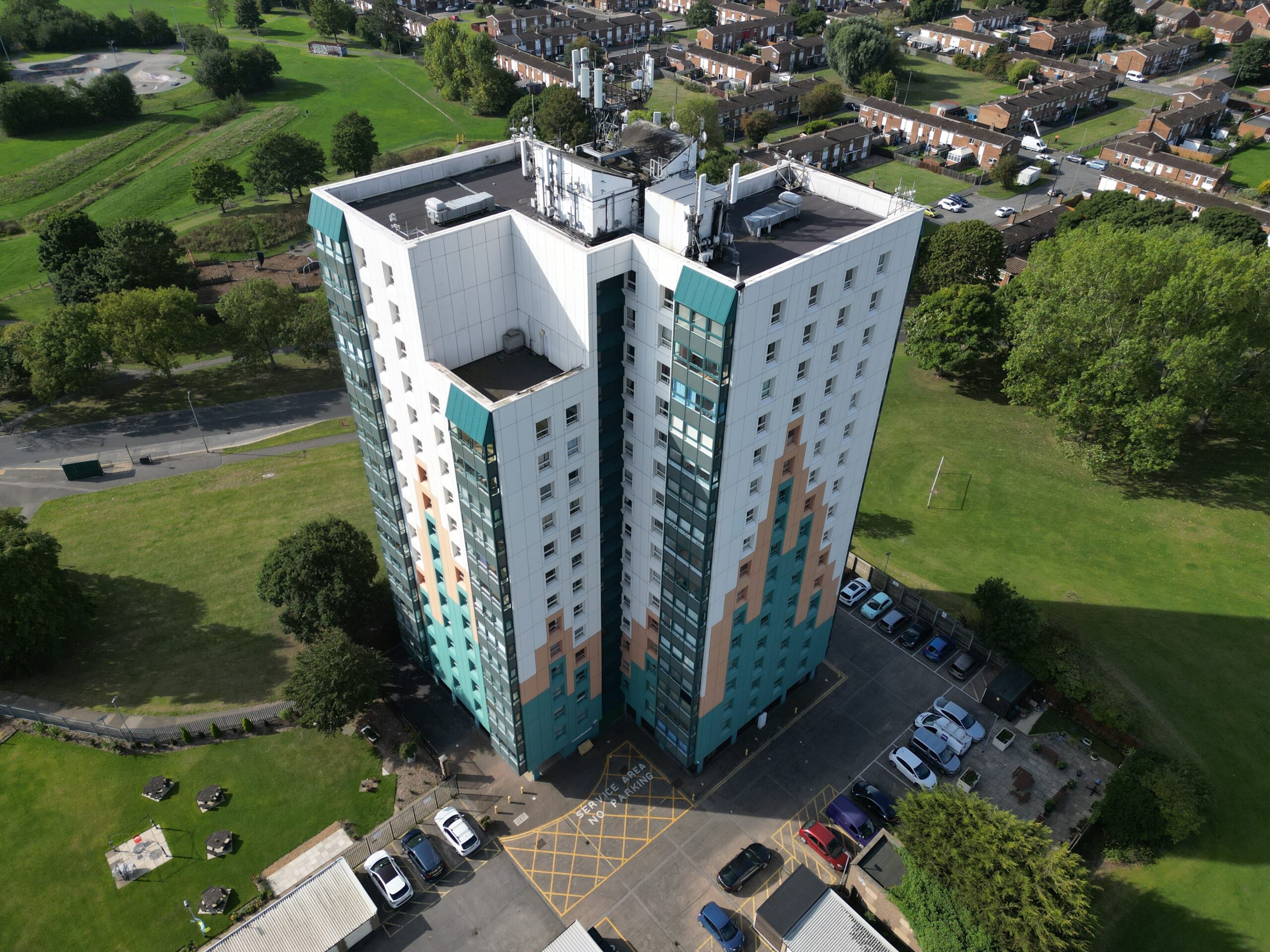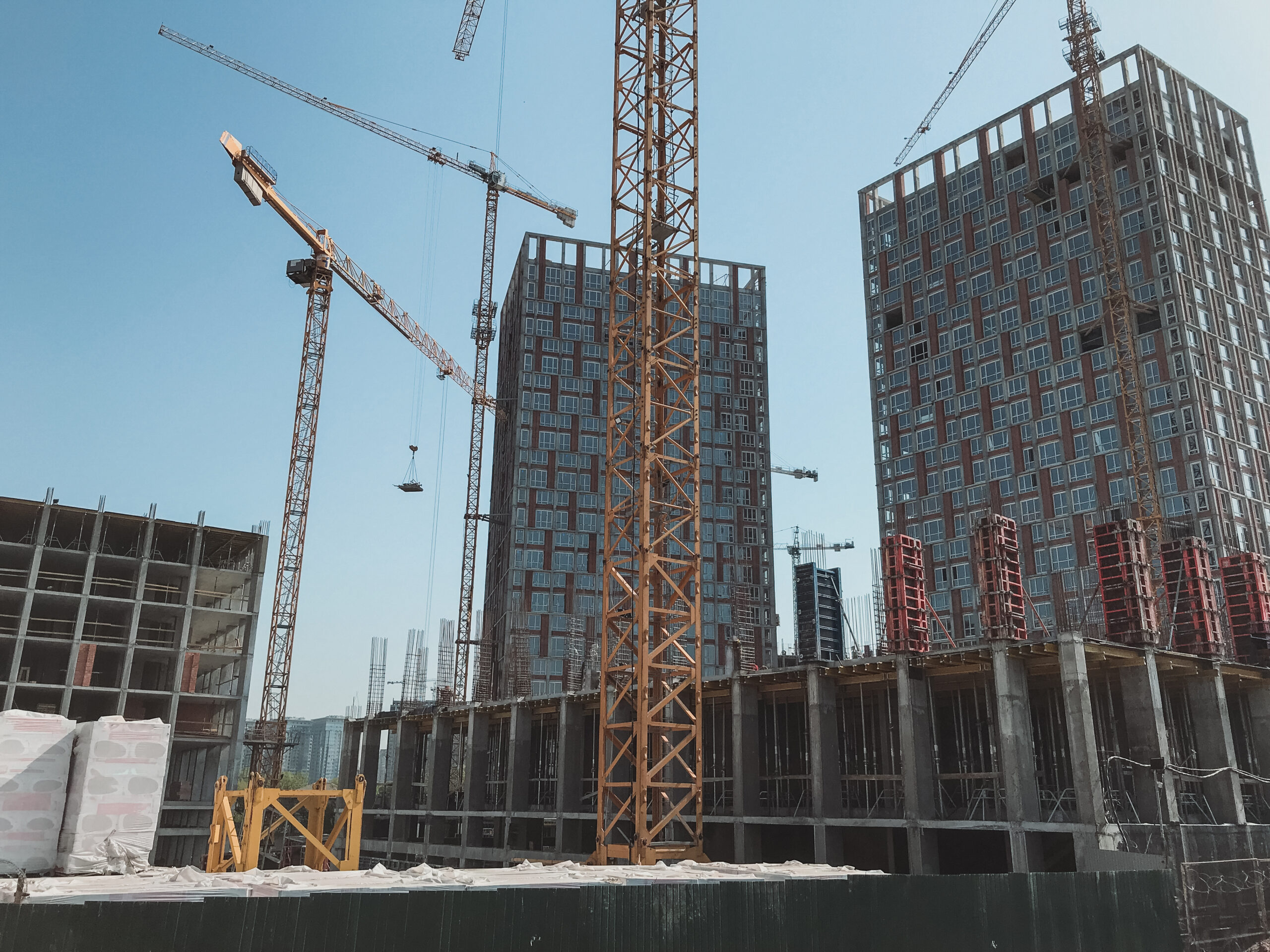Twenty-five years have passed since the UK instituted the Disability Discrimination Act in 1999 Twenty-five…

Emergency Fire Evacuations: Evaccess – Your #1 Partner in Ensuring Buildings Are Equipped with the Right Evacuation Devices
Evaccess Delivers Essential Emergency Fire Evacuation Solutions.
The tragedy of Grenfell Tower, which occurred on June 14, 2017, remains one of the most harrowing incidents in recent British history. The inferno claimed 72 lives and left an indelible scar on the community, highlighting significant failings in fire safety measures, emergency response protocols, and the socio-economic disparities that often dictate the safety standards of living environments.
Among the various systemic failures exposed by the subsequent inquiry, two critical aspects stand out: the woefully inadequate fire brigade database on Grenfell Tower and the missed opportunities for emergency fire evacuations due to a confluence of errors within the fire department.
The Grenfell Tower Inquiry, led by Sir Martin Moore-Bick, found that the London Fire Brigade’s (LFB) database on the tower was many years out of date, a situation that was called “woefully inadequate” and “inexcusable.” This outdated information severely hampered the firefighters’ understanding of the building’s layout and the potential risks involved.
The inquiry highlighted that this lack of updated information was part of a broader issue of systemic neglect and underinvestment in emergency services’ IT systems, which were known to be unreliable.
Firefighters had reported hundreds of instances where their equipment failed them, yet these warnings went unheeded.
On the night of the tragedy, the command structure within the LFB struggled under the weight of an outdated IT infrastructure, leading to a reliance on primitive methods of communication. Reports from the inquiry illustrate a scene where critical information was being relayed through handwritten notes on pieces of A4 paper, an unimaginably archaic method given the scale of the emergency faced.
This breakdown in communication and information management was not just a failure of technology but a stark manifestation of systemic oversight in preparing and equipping the fire service for such catastrophic events.
The inquiry painstakingly detailed numerous instances where an emergency fire evacuation order could have been given, potentially saving all those trapped inside the burning tower. The commanding officers, operating without full awareness of the fire’s extent due to inadequate information and communication systems, hesitated to order a full evacuation—a decision that proved fatal.
This emergency fire evacuation hesitation speaks volumes about the challenges faced by first responders when confronted with inadequate tools and information in critical moments.
The tragedy also sheds light on the importance of appropriate emergency fire evacuations measures, especially for residents with mobility issues.
Grenfell Tower, like many high-rise residential buildings, lacked proper evacuation devices and procedures for such emergencies. The absence of these devices, coupled with the inadequacy of the building’s fire safety measures, including the controversial cladding that accelerated the fire’s spread, contributed to the catastrophic loss of life.
Reflecting on the Grenfell Tower tragedy prompts a broader discussion about the state of our emergency services and the importance of investing in technology and infrastructure that can support them in times of crisis. It also raises critical questions about the socio-economic factors that determine who gets to live in safe environments.
The residents of Grenfell Tower, many from working-class backgrounds and minority communities, deserved better. Their safety was compromised by a confluence of neglect, from the state of the building they called home to the systems in place to protect them in an emergency.
The lessons from Grenfell are clear: there must be a commitment to ensuring that fire safety and emergency fire evacuation response systems are fit for purpose, adequately funded, and regularly updated.
Moreover, there is a need for a cultural shift towards prioritizing the safety and well-being of all residents, regardless of their socio-economic status. This includes not only the physical infrastructure of buildings but also the systems and protocols that govern our responses to emergencies.
Only then can we hope to prevent another tragedy like Grenfell from occurring.
Facilities management companies and entities responsible for managing tower blocks bear a critical duty to ensure the safety and well-being of their residents, particularly in the context of fire risk.
Conducting thorough and regular fire risk assessments is a cornerstone of this responsibility. These assessments must go beyond mere compliance, delving into a comprehensive analysis of the building’s structure, materials, and occupancy to identify potential hazards and the effectiveness of existing fire safety measures.
Crucially, such evaluations should specifically consider the need for evacuation devices and emergency fire evacuations strategies tailored to the building’s unique characteristics, including provisions for residents with mobility issues.
The tragic lessons learned from incidents like the Grenfell Tower fire underscore the importance of these assessments in identifying not just the risks but also the solutions necessary to ensure that all occupants have a safe and reliable means of escape in the event of a fire by means of evacuation devices.
This approach not only enhances the safety of residents but also aligns with a broader commitment to public safety and responsibility, reinforcing the imperative for facilities management companies to adopt rigorous, proactive measures in fire risk management.
You can read more about Grenfell tragedy here: https://www.bbc.co.uk/news/uk-40301289
The Evaccess Emergency Fire Evacuation Solution
Step 1 Consultancy and Site Survey
Our emergency fire evacuation evaluation will encompass an overview of your current situation, including any existing Assisted Evacuation Devices (AEDs) in place, the individuals responsible for operating the equipment, the intended users, the types of stairs present, and any specific conditions that might limit the effectiveness or permissibility of certain models—such as spiral staircases, exterior steps, or restrictions in historic buildings.
Based on this assessment, we’ll compile a list of the most appropriate equipment options for your needs, typically focusing on evacuation chairs and stair climbers. These options are chosen for their suitability for individuals with various disabilities, the ability to be operated by a single person, and the minimisation of manual handling required by the operator.
It’s important to verify that the chosen model can indeed be operated by one person, especially if this is a primary reason for its selection. Additionally, if the device is battery-operated, consider whether lead acid or lithium batteries are preferable for your needs.
We will then bring equipment to demonstrate and to test over the proposed escape route so that all persons can view it in action and ask any questions they may have for an emergency fire evacuation.
View of range of products here: https://evaccess.uk/products/
Step 2 Personal Emergency Evacuation Plans (PEEPs)
It is essential that people have a robust PEEPs that has been talked through with, and agreed, by all parties. This must be tested and enable the person to safely exit the building without thinking that the Fire Service will get the person out.
The correct AED needs to be provided to enable the person to evacuate.
Read more here: https://evaccess.uk/training/e-learning-online-courses/
Step 3 Training
After purchasing a product, it’s crucial that your operators undergo comprehensive training sessions to become skilled and assured in evacuating individuals.
They must have the physical capability to manage the equipment effectively. We provide two training options: “Train the Trainer” and “Operator Training.” We will guide you through the details of each and recommend the most cost-efficient option for your situation.
Training sessions are to be refreshed every 2 years, at a schedule that suits you best; we aim to accommodate your preferences and the dynamics of your team.
Read more here: https://evaccess.uk/training/
Step 4 Servicing
All makes and models are regularly serviced by our experienced engineers.
Every piece of equipment we offer is built to endure, and we guarantee that all components are in optimal condition. We recommend that our customers regularly test their equipment to ensure its proper functioning between annual maintenance checks (PUWER). This practice helps identify potential issues such as battery faults, accumulation of dust, or any external damage.
The Evaccess Promise
Throughout your engagement with Evaccess, our team will consistently be available to help and guidance on any uncertainties or concerns you may have.
At Evaccess, our primary commitment is to ensure that individuals being evacuated experience a safe, dignified, and comfortable departure from any building or venue. To achieve this, we represent a variety of brands, offering an impartial, customer-focused service designed to meet the needs of all involved.
By working with Evaccess, facilities managers can not only meet but exceed the expectations for accessibility and safety in today’s buildings, setting new standards for inclusivity and preparedness in facilities management.
Call us for advice and information. 0121 444 3690
Get in. Get Out. Together.



